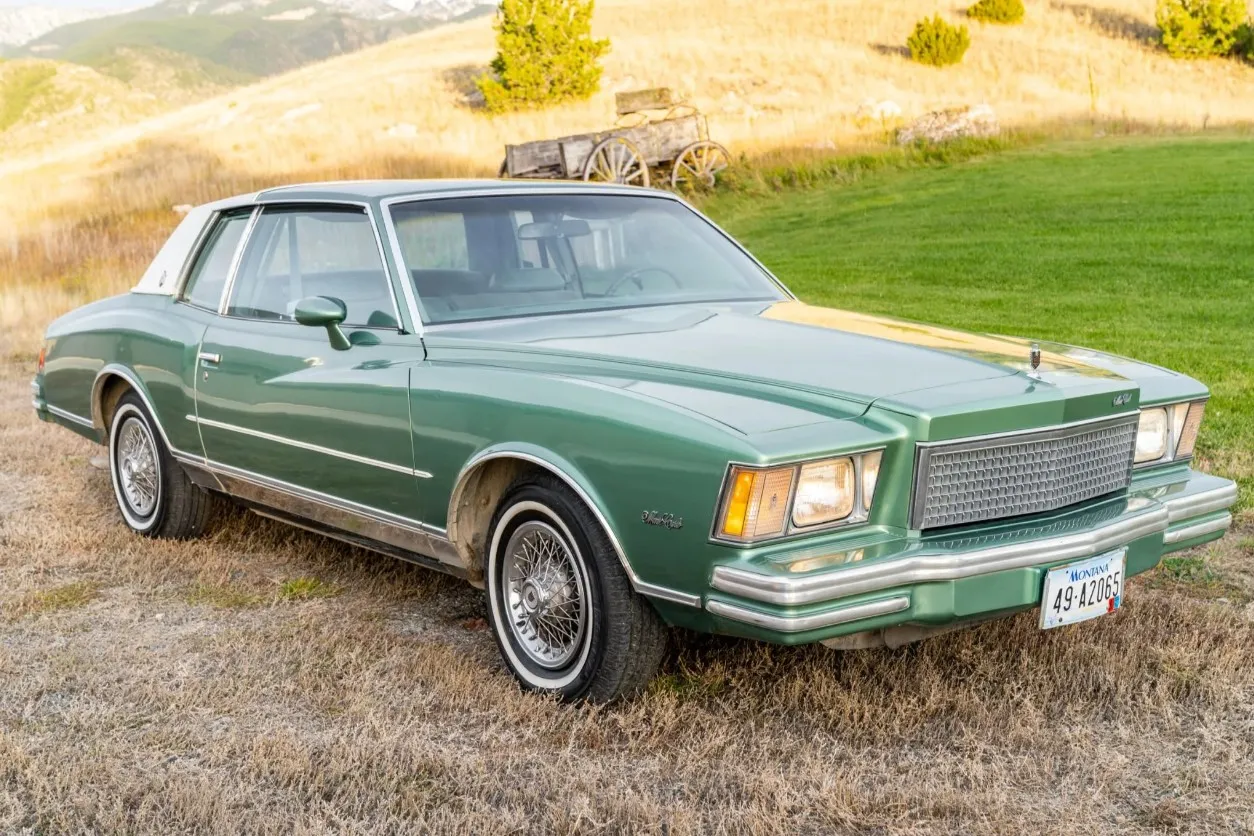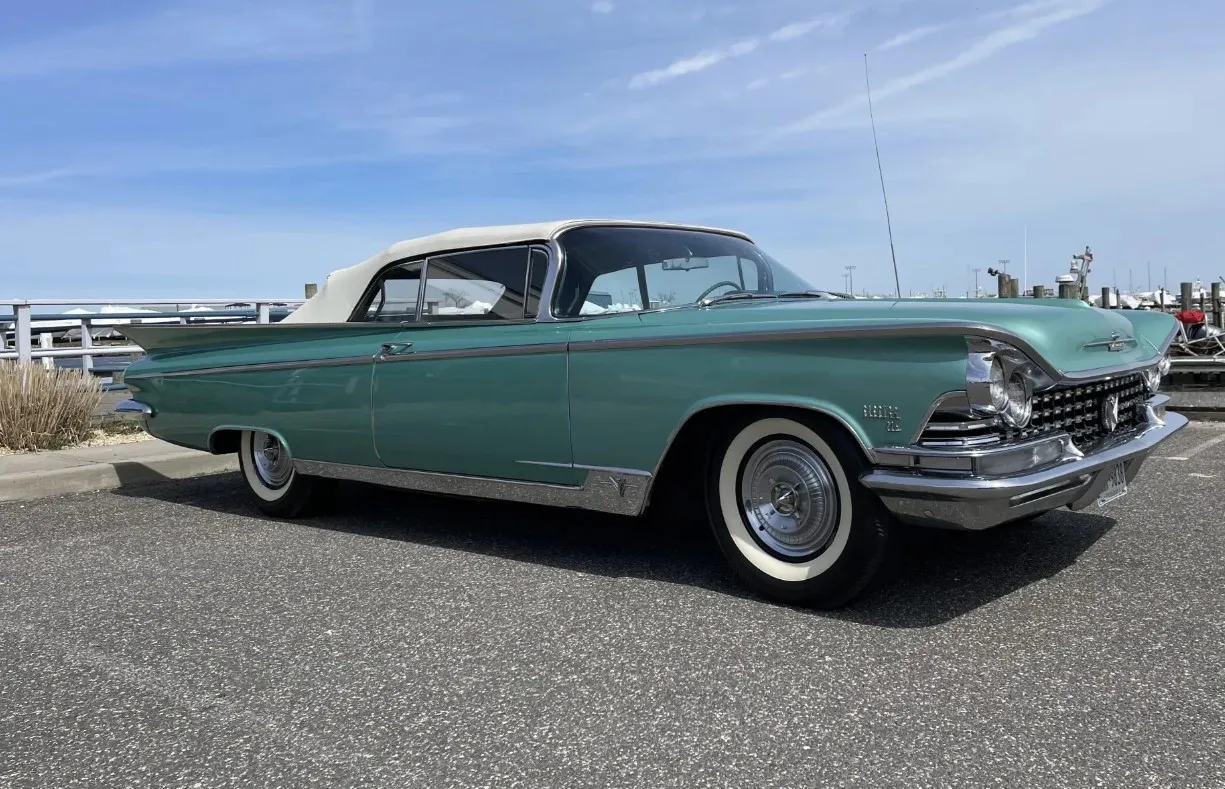The year 1993 marked a significant milestone in the world of American automotive history with the introduction of the 1993 Dodge Viper. This remarkable sports car not only captivated the automotive world with its bold, brash design but also redefined what an American-made supercar could be. In this comprehensive 3000-word article, we'll explore the history, design, performance, and enduring legacy of the 1993 Dodge Viper, a true icon that continues to thrill and inspire car enthusiasts around the world.
1. The Birth of the Viper
The story of the Dodge Viper dates back to the late 1980s, when Chrysler was looking to create a new performance car that could reignite the company's reputation for producing exciting vehicles. The project was initially conceived by then-Chrysler President Bob Lutz, who wanted to create a modern-day Cobra – a high-performance sports car that would evoke the spirit of the legendary Shelby Cobra.
Under the leadership of Tom Gale, Chrysler's design chief at the time, a small team of engineers and designers began working on the Viper project in secrecy. The team's goal was to create a car that was both visually striking and a true performance powerhouse. The result was the Viper concept car, which made its public debut at the 1989 North American International Auto Show in Detroit. The response was so overwhelmingly positive that Chrysler decided to put the car into production, and the first-generation Dodge Viper RT/10 was born.
2. Striking Design of the 1993 Dodge Viper RT/10
The 1993 Dodge Viper features a bold and aggressive design that has made it an iconic sports car. The design was led by Tom Gale, who was Chrysler's head of design at the time. The Viper's styling was inspired by classic sports cars, with a modern twist that made it stand out from its contemporaries.
Exterior
Long hood and short rear deck: The Viper has a classic roadster profile with a long hood that houses the powerful V10 engine and a short rear deck. This design not only looks striking but also contributes to the car's weight distribution and handling characteristics.
Side exhaust pipes: One of the most distinctive features of the Viper is its side exhaust pipes, which exit just ahead of the rear wheels. This design element adds to the aggressive look of the car and produces a distinctive exhaust note.
Wide stance and large wheels: The Viper has a wide stance, which provides a stable base for its high-performance handling. The car sits on large wheels (17-inch front and rear), which are wrapped in wide, high-performance tires.
Double-bubble roof: The Viper's optional hardtop features a unique "double-bubble" design, which provides additional headroom for both driver and passenger while maintaining a low and aerodynamic profile.
Minimalist body design: The Viper's body is relatively simple, with clean lines and minimal trim. It lacks external door handles or keyholes, contributing to its sleek appearance. The car's composite body panels are lightweight and help to keep the overall weight of the vehicle low.
Interior
Spartan cabin: The interior of the 1993 Viper is quite minimalistic, focusing on the essentials needed for a pure driving experience. The cabin features simple gauges, a center console with basic controls, and bucket seats that provide support during spirited driving.
Lack of creature comforts: To keep weight down and maintain a focus on performance, the 1993 Viper lacks many of the amenities found in other sports cars of its era. There is no air conditioning, power windows, or power door locks. The car also lacks a sound system, though some owners added aftermarket audio systems.
3. Engine and Performance of the 1993 Dodge Viper
The 1993 Dodge Viper is a sports car that was manufactured by Dodge, a division of the Chrysler Corporation. The Viper was first introduced in 1992 and gained instant recognition for its aggressive styling and impressive performance.
Engine
The 1993 Dodge Viper is powered by an 8.0-liter V10 engine. This engine was developed in collaboration with Lamborghini, which was owned by Chrysler at the time. The V10 is an aluminum block engine with 2 valves per cylinder, and it utilizes a pushrod valve train.
The engine in the 1993 Viper produces:
- 400 horsepower at 4,600 rpm
- 465 lb-ft of torque at 3,600 rpm
Performance
With its powerful engine and lightweight construction, the 1993 Dodge Viper delivers impressive performance figures. Here are some key performance stats:
- 0-60 mph (0-97 km/h): 4.5 seconds
- Quarter-mile time: 12.9 seconds at 113.8 mph (183 km/h)
- Top speed: 165 mph (266 km/h)
Transmission
The 1993 Dodge Viper comes with a 6-speed manual transmission, which provides a smooth and engaging driving experience. The transmission is a Borg-Warner T-56 unit that is known for its durability and precise shifts.
Handling and Braking
The 1993 Viper features an independent front and rear suspension with unequal-length upper and lower A-arms, coil-over shock absorbers, and stabilizer bars. This setup provides excellent handling characteristics, allowing the car to tackle corners with ease. The braking system consists of vented disc brakes on all four corners, providing ample stopping power.
Weight
The 1993 Dodge Viper has a curb weight of approximately 3,280 pounds (1,488 kg). Its lightweight construction, combined with the powerful V10 engine, results in a favorable power-to-weight ratio that contributes to the car's impressive performance.
4. The Viper's Impact on the Automotive World
The arrival of the 1993 Dodge Viper had a profound impact on the automotive world. It demonstrated that American automakers could still produce world-class performance cars, and it helped to reestablish Chrysler as a major player in the industry. The Viper's raw, uncompromising nature captured the imagination of car enthusiasts and helped to spawn a new generation of American performance cars, including the Chevrolet Corvette C5 and the Ford Mustang Cobra.
The Viper also played a significant role in the world of motorsports. In 1996, the Viper GTS-R, a race-prepped version of the second-generation Viper, made its debut in the GT1 class of the FIA GT Championship. The car quickly proved its worth, earning numerous victories in endurance races around the world, including an overall win at the 24 Hours of Daytona and class wins at the 24 Hours of Le Mans. The Viper GTS-R's success on the track further solidified the Viper's reputation as a performance icon.
5. The Legacy of the 1993 Dodge Viper
Today, the 1993 Dodge Viper RT/10 is a highly sought-after collector's car, with its combination of stunning design, raw performance, and historical significance making it a true modern classic. The first-generation Viper's low production numbers – just 1,043 units were produced in 1993 – have only added to the car's desirability.
For those looking to own a piece of automotive history, the 1993 Dodge Viper represents an excellent investment. As appreciation for these early Vipers continues to grow, so too doestheir value in the collector car market. When purchasing a 1993 Viper, it's important to pay close attention to the car's condition, maintenance history, and originality, as these factors will play a significant role in determining the vehicle's long-term value.
The 1993 Dodge Viper also holds a special place in the hearts of enthusiasts who appreciate the car for its unapologetic focus on performance and driving experience. In an era where modern sports cars are increasingly loaded with technology and driver aids, the raw, visceral nature of the first-generation Viper stands out as a refreshing reminder of what a true driver's car can be.
From a broader perspective, the 1993 Dodge Viper played a crucial role in reviving the American performance car market and inspiring a new generation of high-performance vehicles. Its legacy can be seen in the continued success of the Dodge brand, which now offers a range of powerful, performance-oriented vehicles, such as the Charger Hellcat, Challenger Demon, and the modern-day Viper.
The 1993 Dodge Viper is a true icon of American automotive history. Its distinctive design, powerful engine, and uncompromising focus on performance made it a standout vehicle in its time, and its legacy lives on in the hearts of car enthusiasts and collectors alike. Whether you're an aspiring Viper owner or simply an admirer of this modern classic, the 1993 Dodge Viper represents a unique and exciting chapter in the story of American muscle.
In the world of search engine optimization (SEO), the 1993 Dodge Viper is a popular topic for those looking to attract traffic from car enthusiasts and collectors. By writing about this iconic car and its impact on the automotive world, you can tap into a passionate audience that is eager to learn more about the Viper's history, performance, and legacy. By focusing on keywords such as "1993 Dodge Viper," "Dodge Viper RT/10," and "Viper history," you can optimize your content for Google and other search engines, helping to drive traffic to your website and establish your expertise in the world of automotive enthusiasm.
In conclusion, the 1993 Dodge Viper is a vehicle that continues to captivate car lovers more than two decades after its debut. Its aggressive design, raw performance, and significant impact on the automotive world have cemented its status as a modern classic, and its legacy will undoubtedly live on for years to come. By sharing the story of the 1993 Dodge Viper, you can connect with a passionate audience of car enthusiasts and collectors who are eager to learn more about this iconic American sports car.

